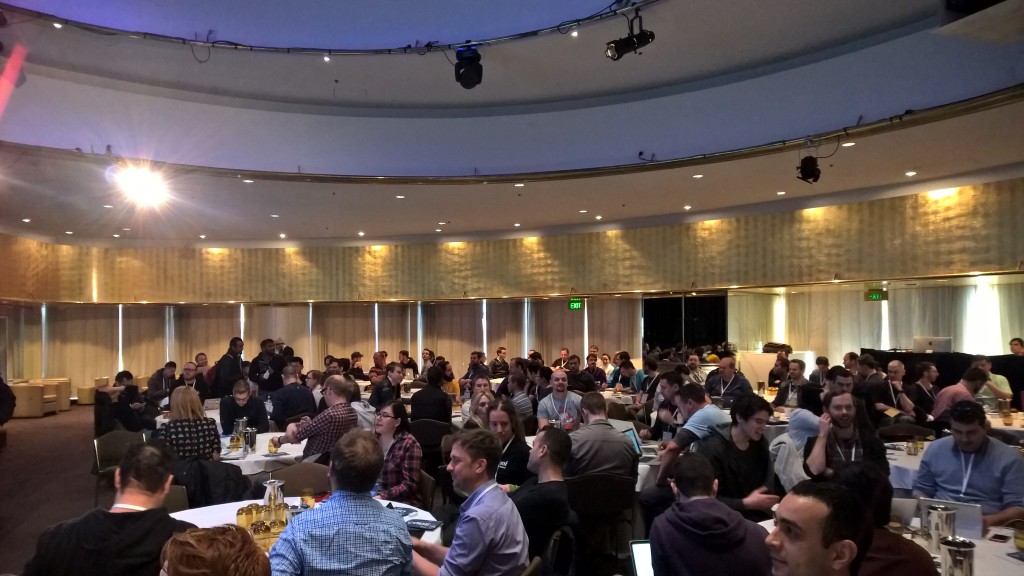Students in my Git Course raised an interesting and tricky challenge yesterday when we were working through the rebasing stuff:
“We accidently added a big file to our first (root) commit? And we’ve laid down a bunch more commits since. How do you rebase your root commit?”
What a great question! Normally you rebase the children of a particular commit. But what do you do when you want to rebase the very first commit? Messy.

flickr photo shared by derekbruff under a Creative Commons ( BY-NC ) license
Enter the –root
As covered in this Stack Overflow, all recent Git versions have a new --root switch to rebase for just such a scenario.
Aside from the magic --root switch, it’s a standard rebase operation:
Change to master and
git rebase -i --rootto start an interactive rebase of rootWhen prompted for the rebase order, set the first commit to
editas shown belowedit 064a191 First commit with dodgy file
pick 8a673aa Second commit with normal stuffThe rebase will stop on the first commit which we’ve marked for
edit, letting yougit rm dodgy.mp4to get rid of your fileOnce that’s done, run a
git commmit --amendto update your messageAnd then run a
git rebase --continueto let the rebase complete normally
And you have yourself a nice clean root commit free from large mp4s!
Just writing it down so I can remind myself later!


















